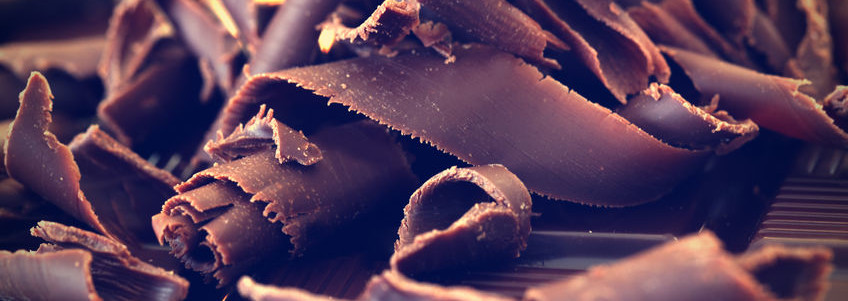
Over 20 years ago, stakeholders in the cocoa industry got together to discuss the future of cocoa, and the sustainable cocoa sector was born to provide stability and benefits to the entire industry.
What makes chocolate sustainable?
- Ecology/environmental protection: Implementing agricultural tools that reduce deforestation, end the use of toxic chemicals and prevent soil erosion.
- People/society: Farmers receive skills training to help them better manage their plantations and increase yields. Fair labor practices prohibit child labor.
- Economy: Rebalancing the profit throughout the supply chain to create a win/win proposition for every participant in the supply chain.
According to the USDA, the term sustainable agriculture means an integrated system of plant and animal production practices having a site-specific application that will, over the long term:
- Satisfy human food and fiber needs
- Enhance environmental quality and the natural resource base upon which the agricultural economy depends
- Make the most efficient use of nonrenewable resources and on-farm resources and integrate, where appropriate, natural biological cycles and controls
- Sustain the economic viability of farm operations
- Enhance the quality of life for farmers and society as a whole1
Why do we care so much about chocolate?
Because it’s a delicious staple. But it adds more than just taste. It gives structure to baked goods, absorbs moisture and add texture due to its fat content.
Why use sustainable chocolate?
There is no difference in taste or function, but there is a difference in the story it tells, a story many companies and consumers want to be a part of.

